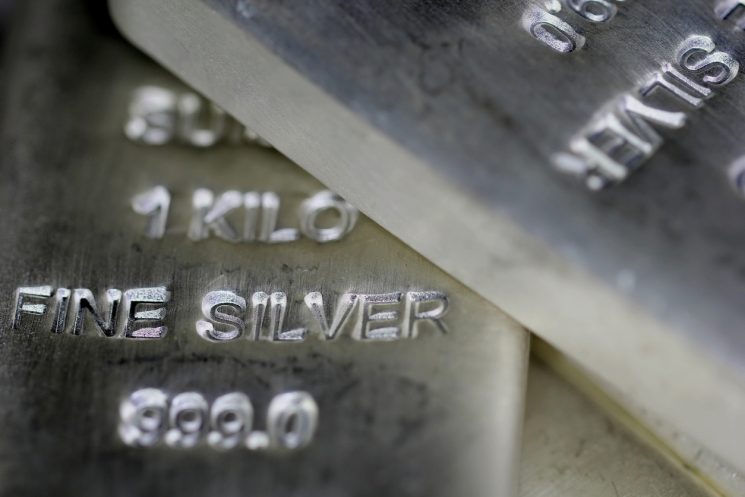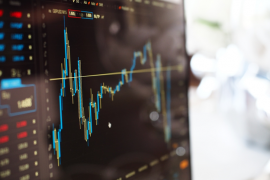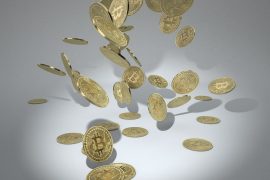After an incredible rally from 2009 through to 2012, silver prices have largely stabilized, with the average cost of one ounce of the precious metal hovering between $16 and $13 for the last two years.
From a news perspective, stable prices rarely attract attention — a major factor in the significant drop in silver price reporting over the last two years, as compared to the surge in silver coverage shortly after the financial crisis.
Despite this, silver remains a popular investment, as well as a great diversification opportunity for investors that want to reduce their exposure to stocks in the wake of warnings from leading investment experts that the current stock market boom may not be permanent.
In short, silver’s stability — a factor that’s contributed to a lack of coverage and less excitement than the stock market — is also one of its biggest strengths.
Like gold, silver is resilient. In 2008, the price of silver crashed, with one ounce of silver going from a steady $21 to just $7 in value. Around it, the US housing bubble created an investment atmosphere in which precious metals simply weren’t desirable.
Less than two years later, silver (as well as gold) rocketed past its previous highs as investors, many of whom were burned by the decline of almost all stocks, sought a stable safe haven for their cash.
Gold and silver experts have remarked that the current situation — a stable, slightly declining silver price — is eerily similar to investor behaviour in 2008. Part of the reason appears to be a massive shorting of Comex paper gold, with hedge funds reporting record gold shorts.
Despite this recent price stability, silver remains an excellent hedge against inflation, with the long-term value chart revealing a steady, consistent increase in silver prices over the last two decades.
So, how can you get involved in silver as an investor? One simple way to hedge against any potential decline in stocks is to put a small amount of your invested capital into silver, whether physical silver or silver-backed investment products.
Another common strategy is stacking silver — purchasing small amounts of silver, typically bars or silver goins, then “stacking” them in an investment stockpile. This strategy allows for gradual, steady investment in silver over an extended period.
Most silver stackers set aside a small amount of their monthly investment budget for silver. Over the long term, this allows even a relatively modest amount of money to contribute to a significant amount of silver, giving you a physical hedge against inflation or a decline in the stock market.
Other options for silver investors include buying silver ETFs, which are exchange-traded funds that own physical silver. This allows for you to invest in silver without holding physical silver in your home or via a bank safe deposit box.
While silver’s stable price may not match the excitement of the rallying stock market, it remains a popular investment for a reason: it’s safe, secure and a fantastic hedge.
If you’re looking for a way to limit your exposure to both inflation and the risk of a stock bubble, silver — whether physical or via a silver-backed ETF — is certainly an option that deserves your attention.





